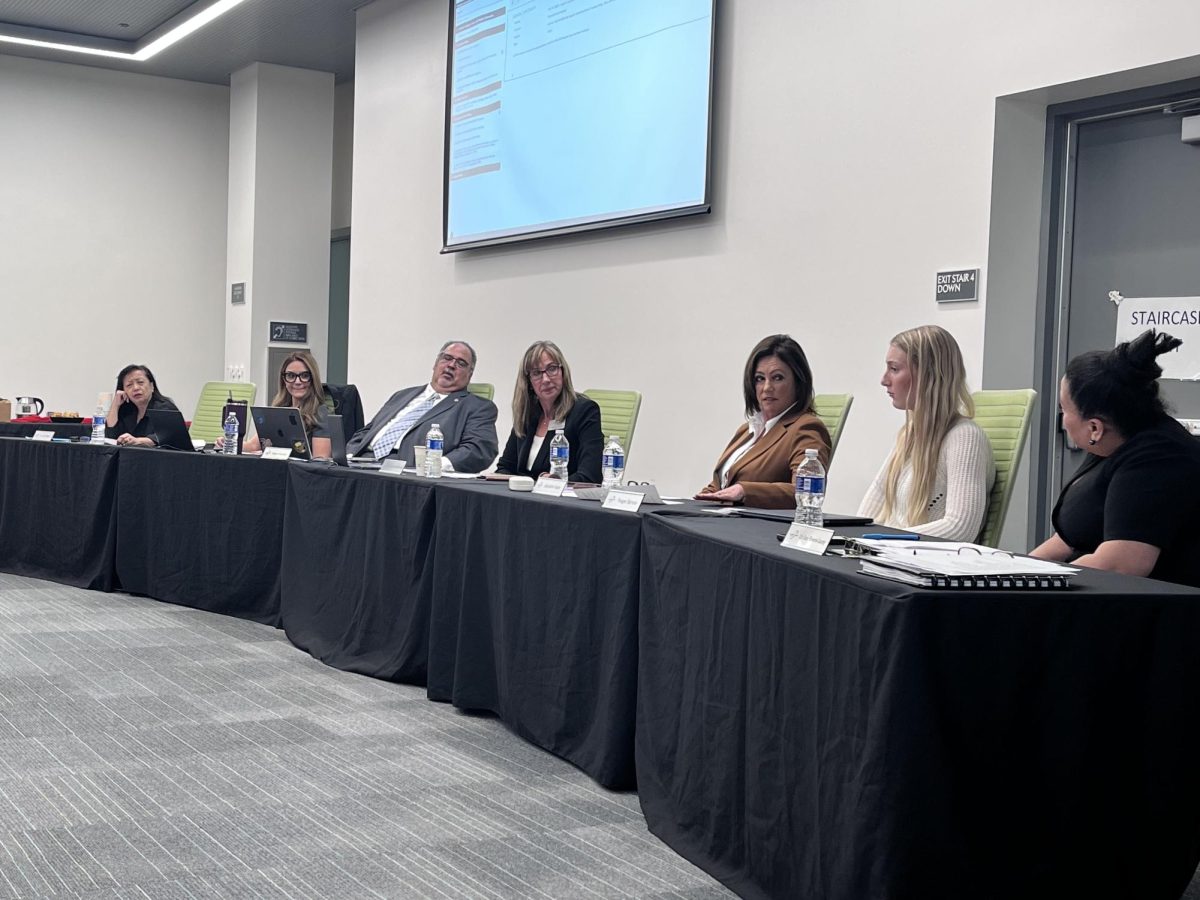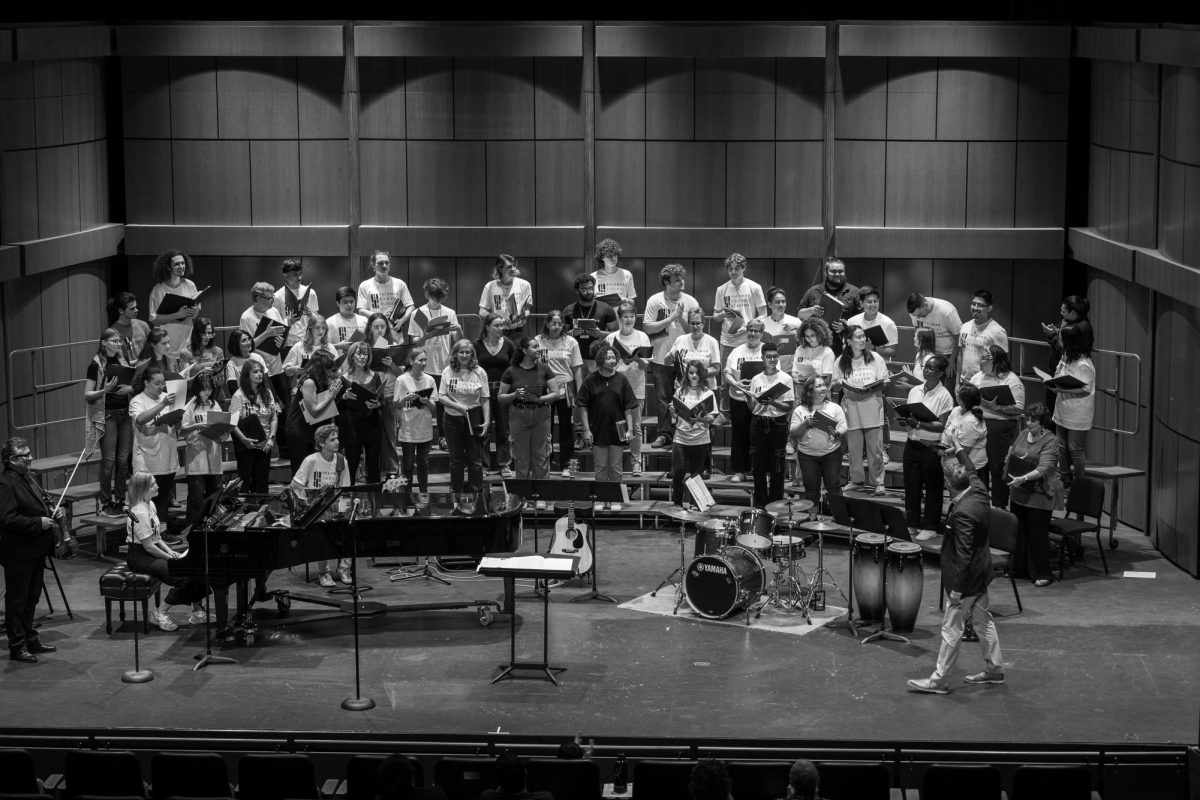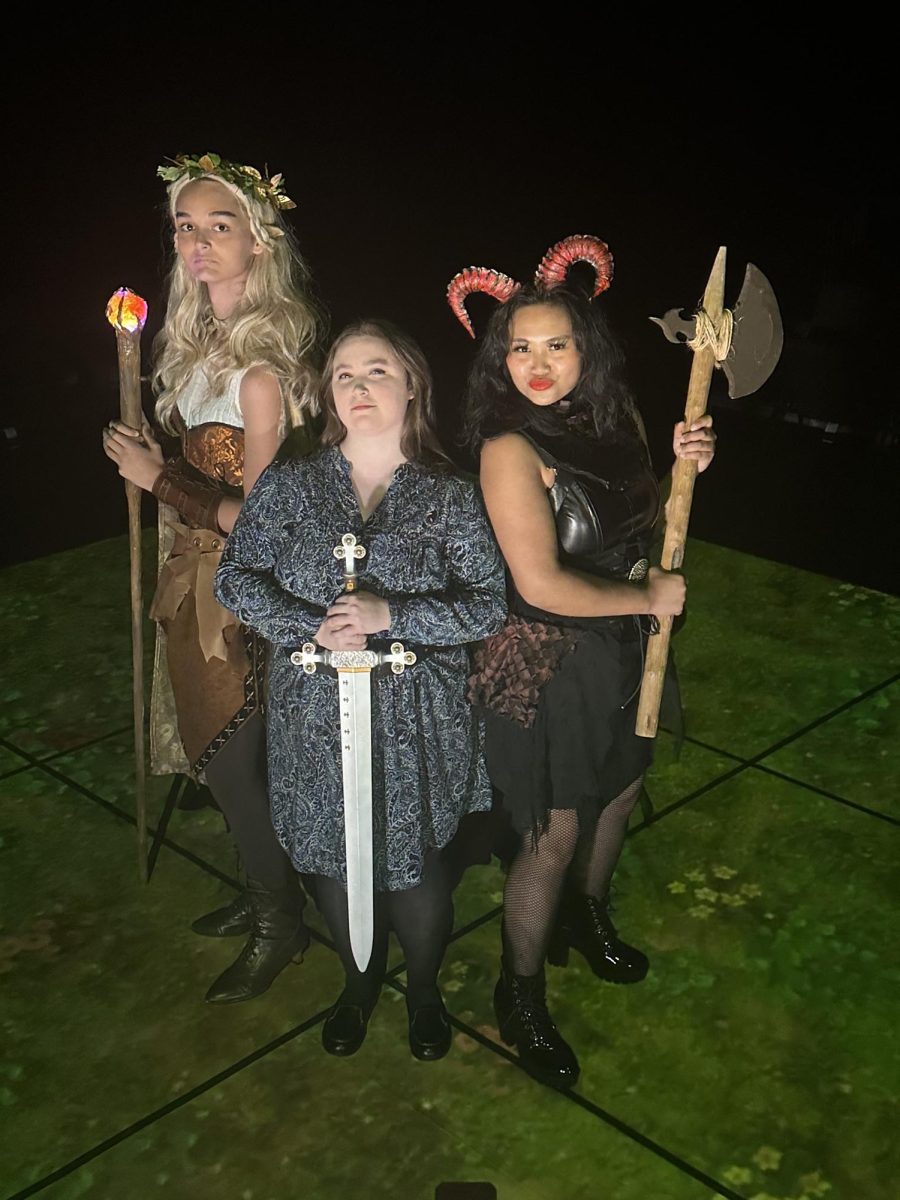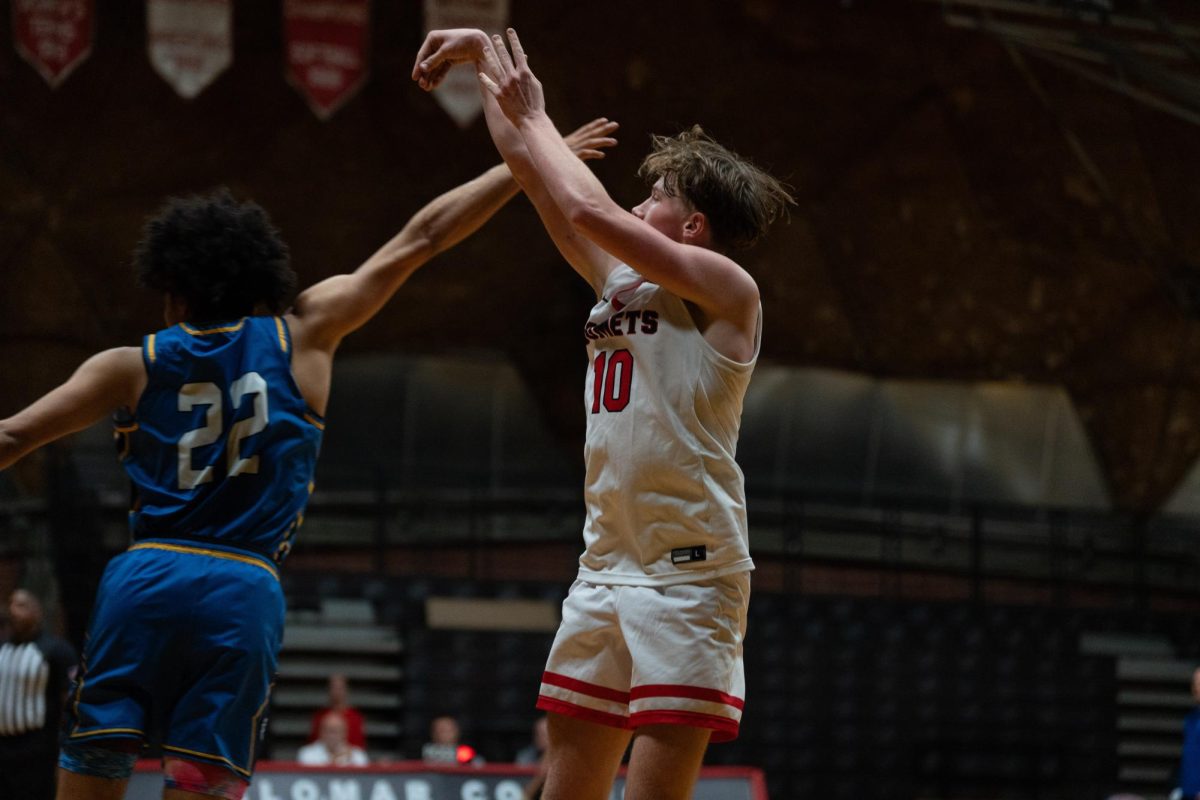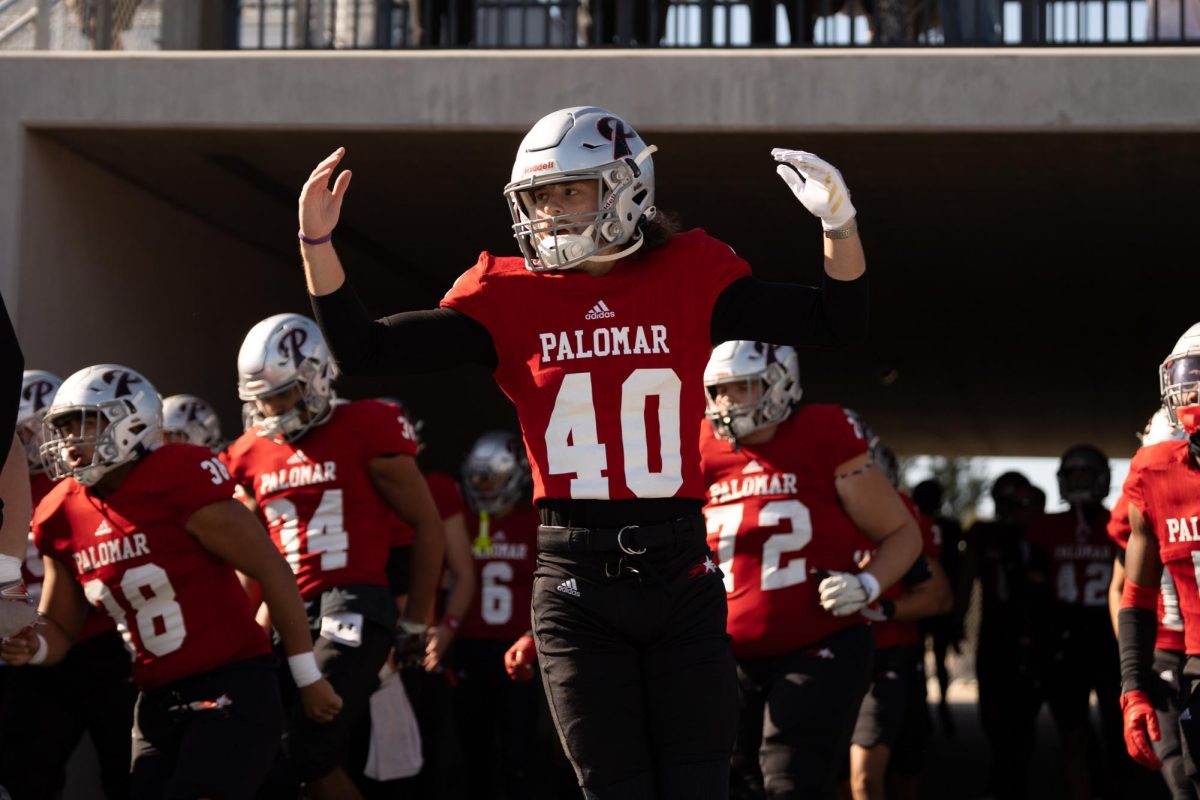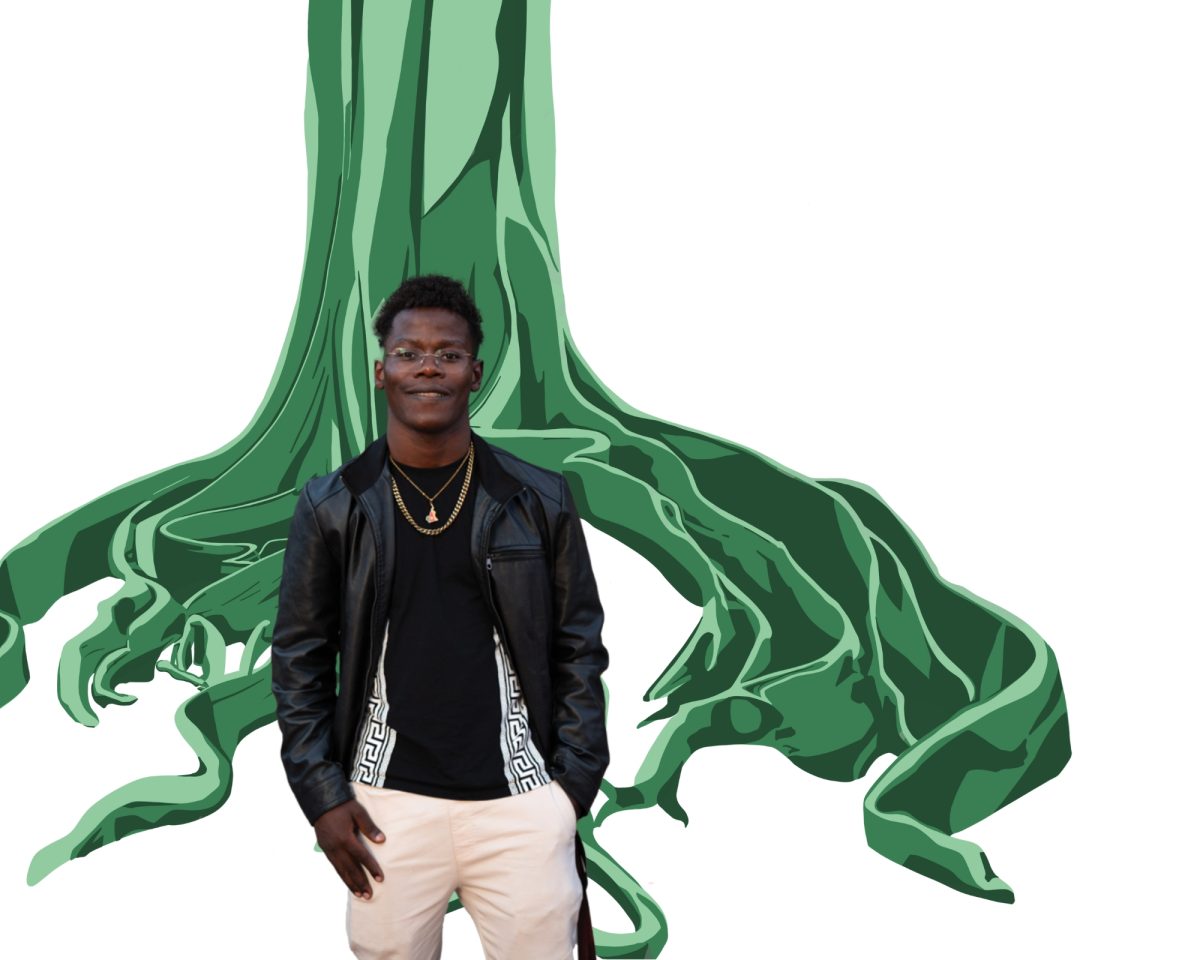It’s a new day in television casting choices – well, at least the dawning of a new day.
With rare exceptions such as the “Cosby Show,” most television shows up until the last 10 years featured an exclusively white cast – minority characters were occasionally featured, but rarely and not for more then a few episodes.
Vague attempts to be considered politically correct were perhaps the best intentions of producers during this time period (for example, featuring a black friend in one or two episodes), and using minorities to perpetuate stereotypes reflected the worst intentions (Iranian-American actor and comedian Maz Jobrani writes in his memoir of being constantly cast as a terrorist in his early acting roles, because producers needed someone instantly recognizable as a “bad guy” and Jobrani is ethically Middle Eastern).
Nowadays however, audiences have to come to expect a more realistic portrayal of the sort of people one sees in their daily life, as well as a culture-wide realization that Americans come in all sorts of skin tones and ethnic backgrounds. Shows such as “Jane the Virgin” have garnered critical acclaim as well as large viewing audiences.
But do shows that feature minorities in prominent roles owe their success solely to the cast of actors that have traditionally never been given much screen time, or is it a new writing style that tells the narrative of people whose stories are not generally told responsible for the majority of the credit?
Based on rating and viewership, it appears to be both. With the advent of YouTube, entertainers have been “democratized” in the sense that everyone has the ability to garner views, and the cream rises to the top. The ability of a YouTuber to gain an audience is based exclusively on the quality of the content and the willingness of fans to share and promote favorites.
As a result, many YouTubers became viral sensations, producing weekly videos with fan based subscriptions that could reach millions. It is perhaps no accident then that television producers took note that this audience (the majority of which is comprised of young people, a key demographic that is coveted by advertisers) was seeking out alternatives to the shows currently being produced. It is a common statement from young people today that, “I don’t watch television. But I watch YouTube and get Netflix and Hulu.”
Nowadays, new television shows attempt to seek out more eyeballs by casting a more diverse lineup of shows, but intention is key to the end result.
One could argue that the majority of casting of minorities in more significant roles was something producers were forced to recognize in the age of the Internet, and is something that may not have happened if it had not been for that push.
With America ever increasing in its diversity, with second and third generation children of immigrants seeking out film and television programming that is a reflection of the life they have experienced, if television producers wanted to remain relevant they had to cater to this audience.
Intention that springs from a producer or director’s desire to accurately portray this life (as noted in shows such as “The Wire”) leads to critically acclaimed storytelling and a loyal fan base. Most major television shows that are currently airing are making an effort to feature minorities more prominently or face criticism from fans.
If television wishes to remain relevant in the age of the Internet, perhaps producers need to focus more on telling the stories that people now have the ability to find in alternative media. Yes, the older generation seems content with featuring a cast that seems familiar to them, but times do chance, and this generation has recognized that if the media does not provide them with the entertainment they are looking for they can find it elsewhere – or even create it themselves.

